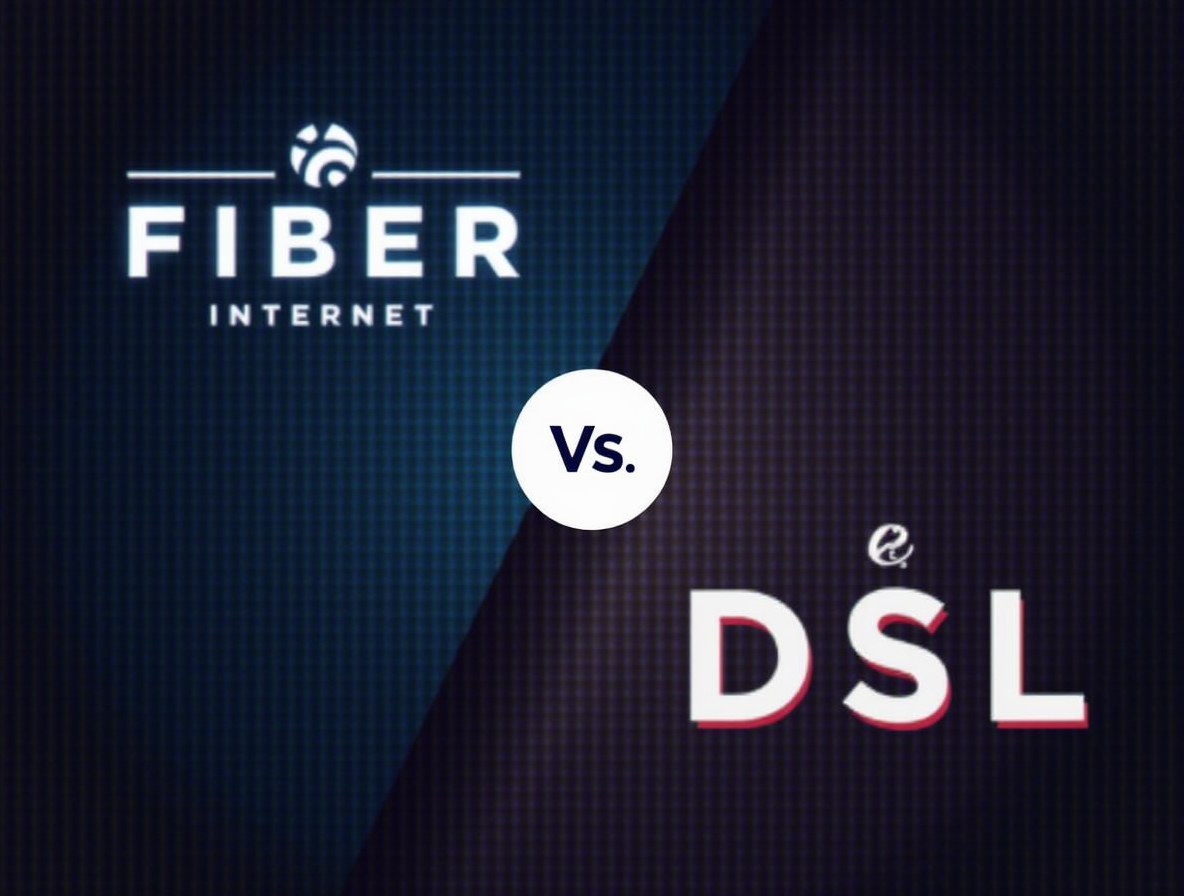
Is ChatGPT Getting Slower… Or Is Something Else Going On?
You craft the perfect ChatGPT prompt, hit enter—and then… nothing. Just the blinking cursor. That creeping pause. Maybe even a "network error." It's frustrating, and the immediate thought often is: "Is ChatGPT getting overloaded? Is it just slower now?"
While platform load is definitely a factor, it's often not the whole story. Before you resign yourself to sluggish AI interactions, it's worth investigating a potential bottleneck much closer to home: your own internet connection.
It might sound counterintuitive – you stream 4K movies instantly, so why would ChatGPT struggle? The reality is that interacting with sophisticated AI models has different demands than passively consuming content. Let's dive into what might really be slowing you down.
The Usual Suspect: Platform Load & Demand
Let's acknowledge the obvious first. ChatGPT is incredibly popular. Millions of users means server demand fluctuates:
- Peak Hours: More users = potential slowdowns.
- New Features/Models: Excitement spikes usage.
- Server Maintenance/Issues: Sometimes, it is them. (Check the official OpenAI Status page for major incidents).
So yes, sometimes ChatGPT is genuinely busy — but if sluggishness persists, the real issue might be on your end.
The Slowness Might Be Closer Than You Think
Here's where your home connection comes into play, and it's more nuanced than just raw speed:
Beyond Download Speed: Why Megabits Aren't Everything
Your advertised speed (e.g., 500 Mbps) is mostly download. Real-time AI chat relies heavily on other, often overlooked, factors:
Latency: The Silent Killer of AI Responsiveness
What it is: The delay (or "ping" in milliseconds) for data to travel from you to OpenAI and back. High latency = noticeable lag, even if the AI processes instantly.
The Goal: Aiming for latency under 50ms, ideally under 20ms, makes interactions feel snappy.
Jitter: Why ChatGPT Might Stutter
What it is: The variation in latency. An unstable connection makes the AI's streamed response feel jerky.
The Impact: Smoothness requires low jitter.
Upload Speed: Sending Your Genius Prompt Matters Too!
What it is: How quickly you send data out.
The Impact: Complex prompts, code, or future multimodal inputs need decent upload speed. Traditional cable/DSL often lags significantly here (asymmetrical speeds).
Connection Types Aren't Created Equal (Especially for AI)
DSL/Older Cable: Often higher latency, lower upload speeds due to older tech.
Fiber Optic: Uses light signals for drastically lower latency, lower jitter, and often symmetrical speeds (equal download/upload). This technological edge is ideal for latency-sensitive apps like AI chat.
🧠 Did You Know?
Fiber internet isn't just faster — it's smarter for AI tools. Its symmetrical speeds and ultra-low latency can shave precious seconds off every prompt interaction. If you rely on AI daily, upgrading your connection might be the biggest invisible performance boost you can make.
Troubleshooting Your End: Quick Checks
Before blaming the AI overlords:
- Test Latency (Ping!): Use a test showing ping and jitter (like Speedtest by Ookla or Cloudflare's test). Low ping is key.
- Check Household Bandwidth Hogs: Simultaneous streaming, gaming, or large downloads?
- Wired vs. Wi-Fi: Try an Ethernet cable – if it's faster, Wi-Fi is adding latency.
- Reboot Modem/Router: The classic fix still works sometimes.
Conclusion: Find Your Real Bottleneck
So, is ChatGPT getting slower? Sometimes. Is that always why your experience feels sluggish? Probably not.
The responsiveness you crave often hinges on your internet's latency, stability, and upload speed. While we can't control OpenAI's server load, understanding your connection is empowering. Technologies like fiber optics are inherently better suited for these real-time interactions.
Next time ChatGPT pauses, check your connection's vital signs. The bottleneck might be fixable.
TL;DR:
- ChatGPT slow? Could be platform load… or your connection.
- Low latency (<50ms), low jitter, and solid upload speed are critical for AI responsiveness.
- Fiber optic internet = often the best tech for real-time AI tools due to low latency & symmetrical speeds.
- Run speed tests (focus on ping!), check household bandwidth use, try Ethernet.
If you're consistently frustrated by AI lag and wondering whether upgrading to fiber is an option in your area, you can check availability here — it's where I recommend people start. It might just be the smartest upgrade you can make — for you and your AI.

